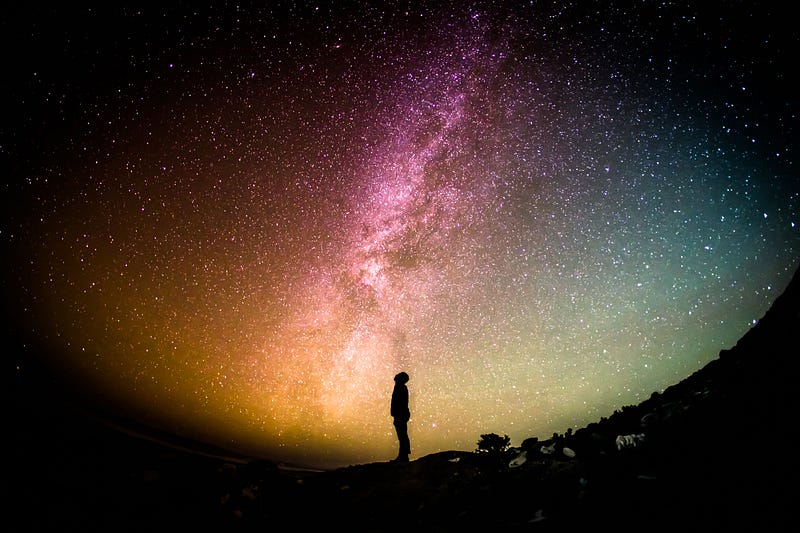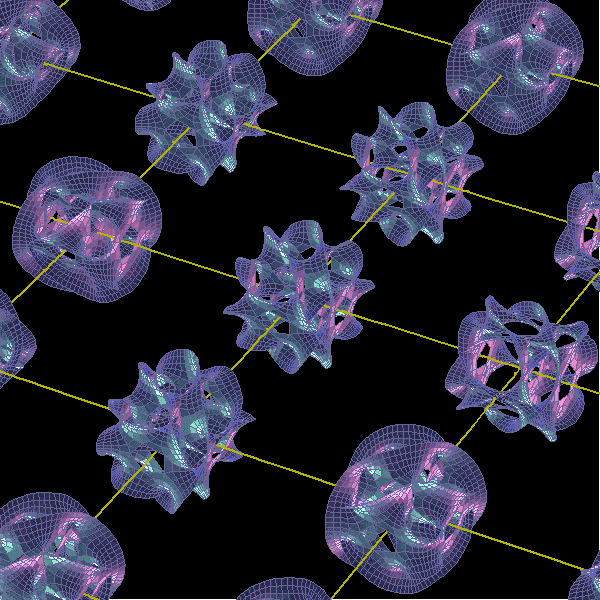# Exploring the Nature of Reality and the Multiverse
Written on
Chapter 1: The Intriguity of Reality
Understanding reality is a complex endeavor.

Photo by Greg Rakozy on Unsplash
The Probability Framework
We inhabit a world governed by probabilities. The likelihood of various events unfolding is a mathematical construct rooted in probability theory. Whether you choose to take a stroll, purchase eggs, or opt for an alternate route to your workplace, each of these scenarios can be quantified in terms of probability.
For instance, imagine you wake up, head to the refrigerator, and contemplate drinking orange juice. Before you even open the fridge, two scenarios exist: you either drink the juice or you don’t. This gives a probability of 0.5 for each outcome. However, this figure is not just arbitrary; it is influenced by numerous factors. Perhaps the orange juice has expired, you might spill it, or you could discover a different beverage that appeals to you more. These possibilities collectively adjust the initial probability of 0.5, indicating that you might not drink the juice today.
But what about the other half—the 0.5 chance that you do consume the juice? In the universe, mass and energy are conserved, implying that the total amount of matter remains unchanged. Thus, can we not also argue that the probabilities of events occurring are conserved in a similar fashion?
Chapter 2: The Universe and Beyond
The Multiverse Concept
The notion of multiverses suggests that rather than existing in a singular universe, we may inhabit an infinite array of them, collectively forming a multiverse. Our reality encompasses everything we observe, existing within three dimensions that allow us to perceive our surroundings. However, if probabilities are conserved across these dimensions, each universe would present a distinct reality. What we perceive as our unique experience may not be replicated anywhere else.
In terms of our orange juice example, your reality is that you did not consume the juice, while in another universe, the probability of you drinking it could very well be realized.
String Theory and Its Implications
String theory offers intriguing insights into the multiverse. While we acknowledge three spatial dimensions—height, width, and depth—along with time, string theory proposes the existence of additional dimensions, potentially totaling ten. These additional dimensions interweave, crafting distinct shapes that influence the vibrational patterns of the fundamental strings constituting matter.
Here’s an illustration that may help clarify the shapes of these extra dimensions.

Credit: Futurism
Research into these extra-dimensional shapes has revealed a staggering variety, initially thought to be limited to five but now estimated in the thousands. Each universe, defined by its unique dimensional shape, inherently possesses distinct physical characteristics. Consequently, these variations affect the vibrational frequency of strings, leading to the emergence of diverse realities—ones where events may manifest differently, including scenarios where you indeed drink that orange juice. In essence, this framework upholds the probability of events occurring in various realities.
Déjà Vu: A Glimpse Beyond
Déjà vu remains a captivating yet enigmatic phenomenon. Some label it a “glitch in the matrix,” though such a theory presupposes we exist in a simulated environment, a claim that is difficult to substantiate.
What stands out about déjà vu is the sensation of foreknowledge regarding upcoming events, even though we never witness the anticipated scenario unfold. This might suggest that what we perceive as déjà vu reflects a reality existing in another universe, hence why it doesn’t occur in our own. While this remains a speculative idea without empirical support, the universe itself is inherently peculiar. The assertion that “everything is possible” holds true; the human intellect is limited, and our time is finite, leaving us with much to explore. The cosmos is replete with mysteries waiting to be unraveled.